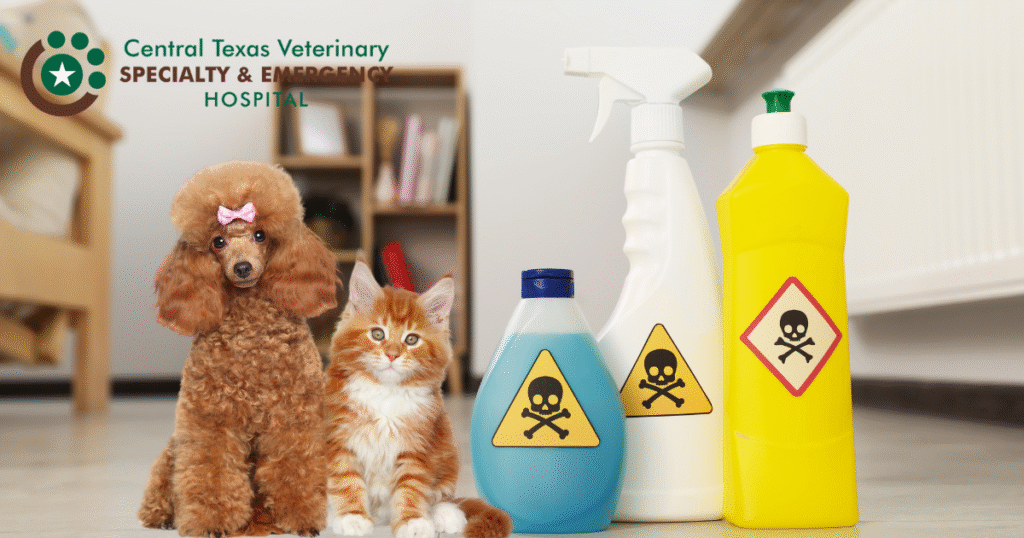Spring is a beautiful season filled with blooming flowers and fresh scents. However, while many flowers brighten our homes and gardens, some can pose a serious threat to our feline friends. As curious creatures, cats often nibble on plants, which can lead to dangerous health complications if a plant is toxic. To keep your cat safe this season, here are ten common spring flowers that are toxic to cats.
1. Lilies (Lilium & Hemerocallis Species)
Lilies are among the most dangerous flowers for cats. Even a small amount—such as pollen or a few petals—can cause severe kidney failure and be fatal if not treated immediately.
2. Daffodils (Narcissus)
These cheerful yellow flowers contain lycorine, a toxin that can cause vomiting, diarrhea, and even severe cardiac issues in cats if ingested.
3. Tulips (Tulipa)
Tulips contain allergenic lactones, particularly in the bulbs, that can lead to excessive drooling, gastrointestinal upset, and central nervous system issues in cats.
4. Hyacinths (Hyacinthus)
These fragrant flowers contain calcium oxalate crystals, which can cause intense oral irritation, drooling, and vomiting if your cat chews on them.
5. Azaleas (Rhododendron Species)
Even small amounts of azaleas can cause vomiting, diarrhea, and in severe cases, heart arrhythmias and coma in cats.
6. Chrysanthemums (Chrysanthemum)
These common garden flowers contain pyrethrins, which can cause drooling, vomiting, diarrhea, and incoordination in cats.
7. Crocuses (Crocus Species)
Spring crocuses can cause mild stomach upset, but the autumn crocus (Colchicum autumnale) is far more toxic, leading to severe vomiting, liver damage, and even respiratory failure.
8. Foxglove (Digitalis)
Foxglove contains cardiac glycosides, which can cause heart arrhythmias, vomiting, diarrhea, and even death in cats.
9. Peonies (Paeonia)
Peonies contain paeonol, which can cause vomiting and diarrhea if ingested in significant amounts by cats.
10. Iris (Iris Species)
The rhizomes (underground stems) of iris plants contain toxins that can cause drooling, vomiting, and diarrhea in cats.
How to Keep Your Cat Safe
- Know Your Plants: Before bringing flowers into your home or garden, check whether they are toxic to cats.
- Choose Pet-Friendly Alternatives: Opt for cat-safe flowers like roses, sunflowers, or snapdragons.
- Keep Toxic Plants Out of Reach: If you have toxic plants, place them in areas where your cat cannot access them.
- Watch for Symptoms: If you suspect your cat has ingested a toxic plant, watch for symptoms such as vomiting, drooling, lethargy, or seizures.
- Seek Veterinary Help Immediately: If your cat ingests a toxic plant, contact your veterinarian or an emergency pet poison hotline right away.
Spring is a time for renewal and beauty, but it’s also a season to be extra cautious with your furry companions. By staying informed and taking preventative measures, you can ensure that your cat stays safe while you enjoy the blooms of the season!

